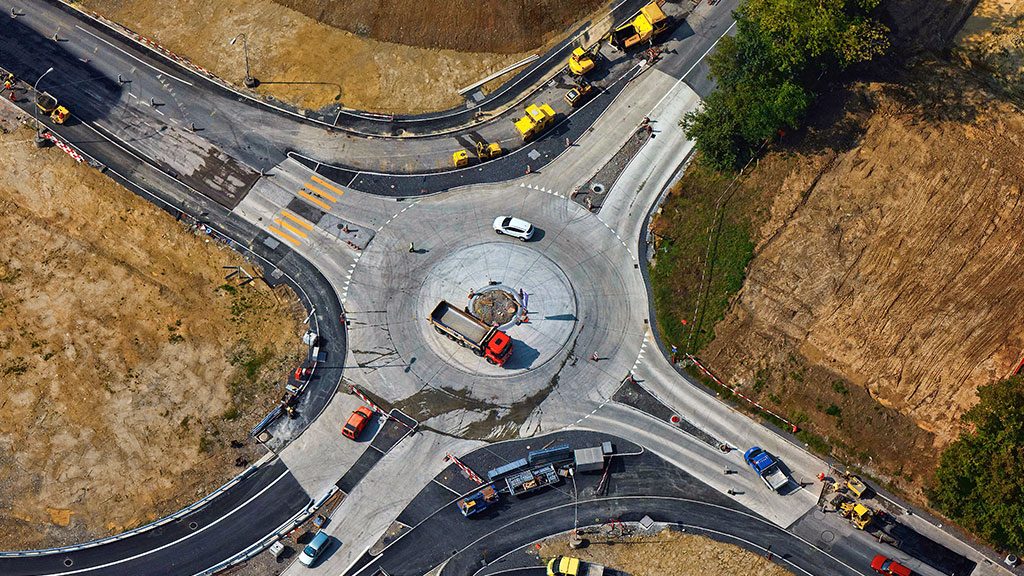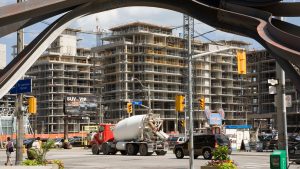The Ontario Good Roads Association (OGRA) has calculated a $34.7 billion deficit for Ontario municipalities when it comes to roads and bridges and say more infrastructure funding is needed to sustain and keep them safe.
“For every municipality, roads tend to be the most expensive and complex asset and we thought, given our mandate, the idea that I came up with was a question to Dr. James Smith, asking if it would be possible to aggregate what municipalities had self-reported and…put some scientific rigour to the numbers,” said OGRA executive director Scott Butler.
“Our hope was that if this could be done we would have a much more comprehensive understanding of what the size of the need was and how governments might be able to best position themselves to respond to the pressures that are out there on the roadways.”
A model and statistics for the well-being and future costs of road and bridge repair in Ontario was generated using the Monte Carlo simulation, which injects data from 443 of the 444 municipal asset management plans in Ontario and extracts quantity, condition and replacement cost. It was calculated by Smith, who is also the OGRA’s manager of member services.
Butler and Smith said the number that is most commonly referred to by municipalities and industry is that there is about a $60 billion infrastructure deficit in Ontario and almost half of that, or $28 billion, is attributed to roads and structures (classifed as bridges and culverts greater than three metres). Other infrastructure such as trails, bike lanes and sidewalks were not calculated.
“Four-hundred-and-forty-three municipalities had prepared at least their first (asset management plan) draft and posted it to their webpages so we had easy access to them,” said Smith. “It would have been a nice simple exercise if everybody simply stated what the deficit was, but there was only a handful of municipalities that did that. So to come up with that we had to go about pulling other information from asset management plans and then through a combination of data mining and also using engineering economics we were able to come up with that estimate.”
From the plans he was also able to find the quantities and condition of roads and bridges in Ontario.
“We were also able to look at the conditions and break it down using qualitative measures: very good, good, fair, poor, very poor,” Smith added.
To get to the infrastructure deficit, Smith had to look at the condition of the roads and bridges in the province and how they were classified.
“For each one of those types we assigned a type of maintenance or rehabilitation suitable for that asset class to bring it back to its like new condition,” explained Smith. “With that then there is a specific cost for each one of those treatments.
“We were able to come up with a distribution for those where for a deficit value we came up with a minimum value estimated at $31.8 billion to a maximum of somewhere between $37 and $38 billion.”
Smith and Butler agreed the deficit value is significant, but more importantly for them was understanding the scale.
“Now that we know the extent of the problem we can think of the ways we want to begin addressing it,” said Butler.
For a long time OGRA’s advocacy work has focused on the need for better management of assets in municipalities, Butler noted.
“This number identifies that, so it gives us a compelling case to go back to our members and say, ‘look we really need to be open and receptive to ideas, practices and technologies that will increase the lifespan of our roadways,’ ” said Butler. “It also gives us…a basis to go to the other orders of government and say we know municipal assets are under a bunch of challenges but we know with certainty that the challenges are a lot bigger and a lot more on a much greater scale than we previously understood them to be. It gives us a fairly compelling basis for engaging in those frank conversations about what a sustainable approach to public infrastructure at the local level will look like.”
If the federal government undertakes a stimulus initiative, the deficit figure will be the basis on which OGRA formulates its input and undertakes advocacy with other levels of government.
“This does not mean we’re looking for $34 billion to solve this overnight,” Butler said. “What we are looking for is a strategic approach which will allow us to make headway on closing that gap and doing so in a way that will prevent it from falling back into a state of repair where that deficit number starts to go the other way.”
For more information, visit https://www.ogra.org/member-services/index.html.
Follow the author on Twitter @DCN_Angela.











Recent Comments
comments for this post are closed